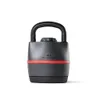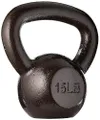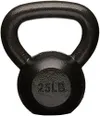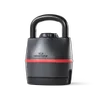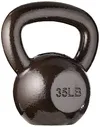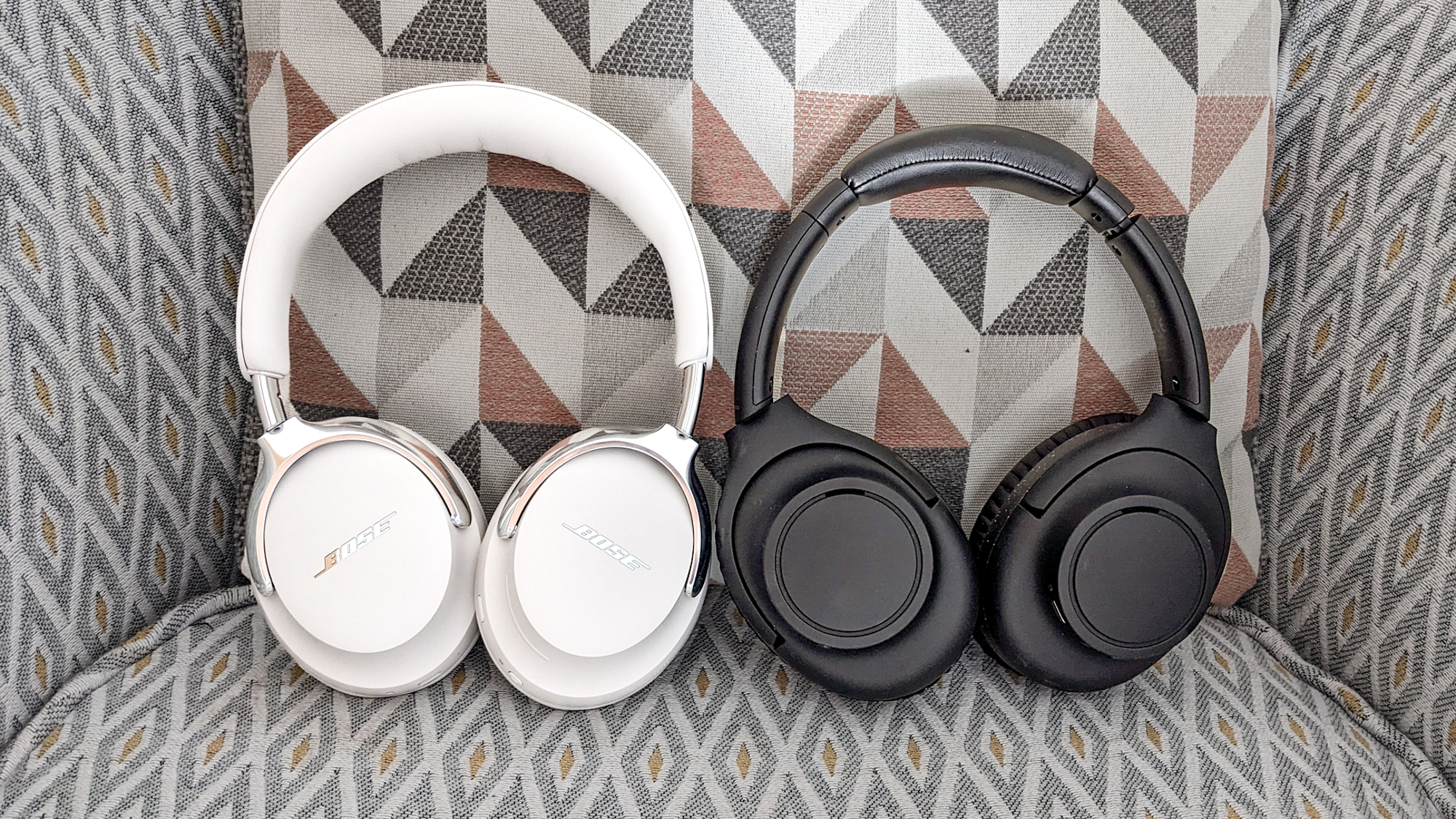I've been teaching weightlifting for years — this is the exercise I see most people get injured from (and how to fix it)
The upright row is safe and effective when done correctly

I see a lot of shoulder niggles appearing when people perform upright rows as part of their strength training program. There’s nothing inherently wrong with the upper-body exercise; it’s just easy to misunderstand — and I'm not sure trainers always know how to cue it down to the tiny details.
The upright row works the deltoids, trapezius and biceps, but your core must also keep your torso stable, and you’ll recruit other muscle groups like your forearms and rhomboids (muscles in your back that work as deep stabilizing muscles that help move the shoulders and aid motion like pulling and throwing).
Because the exercise primarily targets the upper muscles of your back, it’s usually included in routines where people are looking to sculpt definition in the shoulders and traps.
As your rhomboids and shoulders contribute toward posture, it’s a solid exercise to improve posture and stability, and increase strength and pulling power. However, it’s easy to get wrong, and the move can create a heck of a lot of injuries if not corrected in time.
Here’s exactly how to do an upright row with proper form, and the benefits.
How to do upright rows
You can use free weights like kettlebells and dumbbells or barbells for this move, depending on whether you like to work your left and ride sides independently or want to go heavy on the load. Just remember to warm up properly with mobility exercises and lighter weights first.
My how-to below works on the basis of using dumbbells, but you only need to tweak it to suit other types of weights.
Get instant access to breaking news, the hottest reviews, great deals and helpful tips.
- Stand holding a dumbbell in each hand, palms facing your mid-thighs
- Roll your shoulders back and draw them down to set them in place, engaging your lats as you do
- Bend your elbows, then draw your elbows outward as you lift the weights toward the fronts of your shoulders and upper chest. Think about a high elbow pull
- Squeeze your shoulder blades together at the top and pause for a moment. Both weights should trace along your body and stay close to your midline
- Slowly lower the weights to the starting position
- Aim for 3-4 sets and 6-12 reps using a moderate weight load.
Are upright rows worth doing?
They are, if done correctly. The problem with upright rows is that people think only about a vertical pulling motion, which can put undue strain on the shoulder joints as they begin to pull forward, leading to poor posture.
You want your shoulder blades to be set in the correct position (rolled back and down) for proper movement mechanics; otherwise, other muscle groups are forced to take over the exercise.
As you pull the weight upward, slightly draw the weights toward you, tracing up your midline, and focus on squeezing your back muscles while drawing your shoulders together.
Imagine someone placing a pen between your shoulders, and you’re trying to squeeze it to stop it from falling. This improves mind-muscle coordination and also protects your shoulders and their positioning.
I strongly recommend checking out this movement specialist’s hypermobility exercise first — that will help you to learn how to set your shoulders properly before any exercise, including engaging the latissimus dorsi muscles that span along the sides of your back and aid stability.
As you pull the weight upward, slightly draw the weights toward you, tracing up your midline, and focus on squeezing your back muscles while drawing your shoulders together.
Essentially, avoid hunching (known as internal rotation) while performing an upright row; otherwise, you risk shoulder impingement. Opting for a slightly wider grip on your weights could help with this and ensure your hands aren’t sitting above your elbows.
Another mistake I see is an excessively high lift; you don’t need to pull your elbows above your shoulders to work the target muscle groups with a full range of motion. Aim for control and a strong pull and squeeze, which will increase activation and give you a strong muscle pump even if you don’t lift heavy weights.
Try to pick a weight that allows you to stay in control without using a swinging motion for momentum.
Finally, learn to engage your core. This will help stabilize your torso in a strong static position while you work your upper body.
More from Tom's Guide
- What are the 'big 5' compound lifts in weight training?
- You can work out for free using your Samsung TV right now — here’s how
- Forget crunches — this 6-move dumbbell workout strengthens your core and builds full-body muscle

Sam Hopes is a level 3 qualified trainer, a level 2 Reiki practitioner and fitness editor at Tom's Guide. She is also currently undertaking her Yoga For Athletes training course.
Sam has written for various fitness brands and websites over the years and has experience across brands at Future, such as Live Science, Fit&Well, Coach, and T3.
Having coached at fitness studios like F45 and Virgin Active and personal trained, Sam now primarily teaches outdoor bootcamps, bodyweight, calisthenics and kettlebells.
She also coaches mobility and flexibility classes several times a week and believes that true strength comes from a holistic approach to training your body.
Sam has completed two mixed doubles Hyrox competitions in London and the Netherlands and finished her first doubles attempt in 1:11.
You must confirm your public display name before commenting
Please logout and then login again, you will then be prompted to enter your display name.
